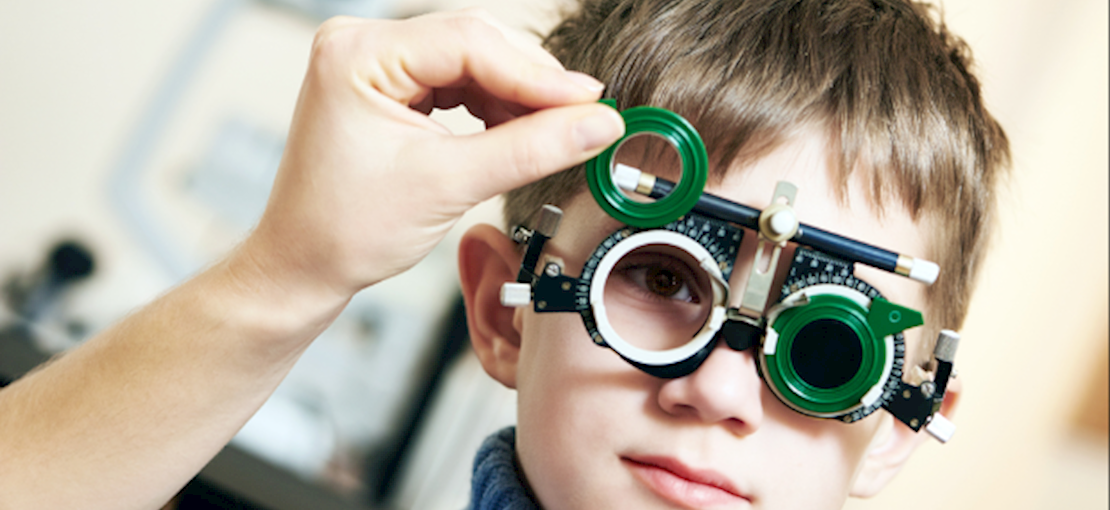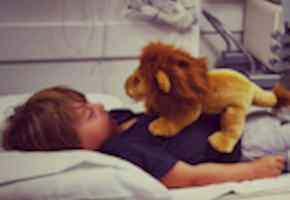January is National Glaucoma Awareness Month and while some associate this degenerative eye disease with the National Glaucoma Awareness Month: Is Your Child At Risk? elderly population, although rare amongst most youngsters, some children can be at a greater risk. While there are treatments available for glaucoma, there is still no cure and once vision loss occurs, it is irreversible.
As a matter of fact, according to the GFR (Glaucoma Research Foundation), more than 3 million people in the United States alone have contracted this disease and that number is expected to rise to 4.2 million by 2030 (a 58% increase). A person afflicted with glaucoma could lose up to 40% of their vision before they even notice any symptoms or are diagnosed.
WHO IS AT RISK
Those at a higher risk for developing glaucoma include those of African, Asian and Hispanic descent along with those over the age of sixty. But don’t let the age restriction fool you since Juvenile Glaucoma can occur at any time during childhood and Congenital Glaucoma happens in one of every 10,000 births according to the GFR. Eye problems like glaucoma are also usually genetic, so if there is a family history of this disease, this is a huge, red flag.
PREVENTION
The key to the prevention of glaucoma is through early diagnosis and treatment to prevent any further damage to the optic nerve during the progression of this disease. This is one of the many reasons it is so important to get your children’s vision tested regularly by an eyecare professional. While kids have routine eye exams at school, these do not illuminate the interior of the eye through dilation where the disease often lies dormant.
WHAT TO LOOK FOR
Parents are the first line of defense when it comes to preventative measure and treatment for their child’s valuable vision. For Congenital Glaucoma (also called Infantile Glaucoma) is most often diagnosed during the first year of life. During this time, parents should be looking for:
- Excessive tearing
- Larger than normal eyes
- Clouding on and around the cornea
- Squinting and/or hiding from the light






Add A Comment
Thank you for your comment.
Sorry! There was a problem with your comment submission. Please try again.
Comment
Allowed HTML: <b>, <i>, <u>, <a>
Comments
Thank you for your comment.
Sorry! There was a problem with your comment submission. Please try again.
Thank you for your comment.
Sorry! There was a problem with your comment submission. Please try again.